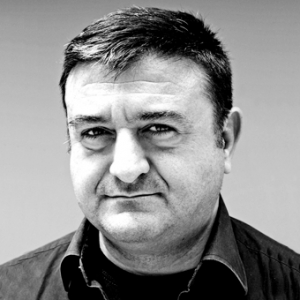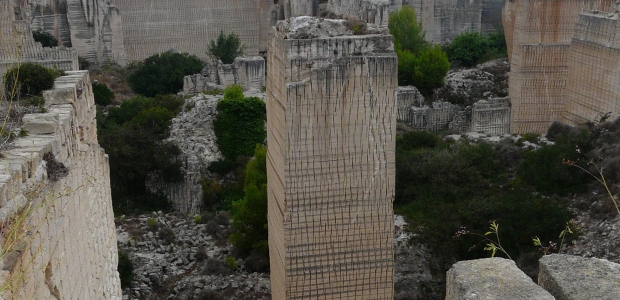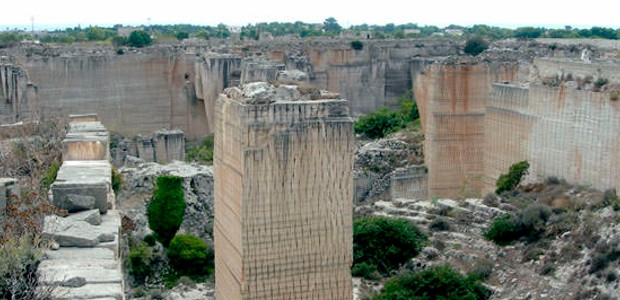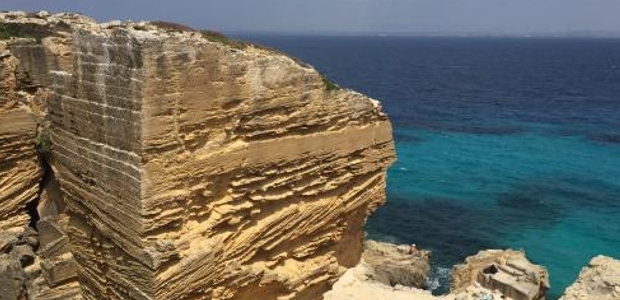Languages
A skyscraper in Favignana
There is a hidden "skyscraper", invisible to the eyes. You have to go and look for it in the northeast part of the island, following the dusty road that leads from Cala Rossa towards Cavallo. We must stop and look down. The quarry looks like a cave of hell unveiling itself to the curious eyes. The skyscraper rises majestically, a gigantic monument to the toil and the work of the quarrymen. The people of Favignana, accustomed to dig the rock, cut it, work it with skill, have left this incredible monument. The skyscraper is what remains of that immense effort, of those who, for generations, have carved the "cantuna", the square rock bricks to build the walls and houses of this island. The scattered quarries, on the island of Favignana, are not a void, but a full, cathedrals of polished stones that have something sacred, between the sky and the sea.
Published in
The column tells the gastronomy of Parmesan land through the eyes and the pen of ancient and modern writers that have helped to create the myth of the products of this territory .
A survey of literature and history that is rooted in the ability of the authors to tell the food , wine and culture of "being at the table" .
About the author

Guido Conti
è scrittore ed editore. Ha pubblicato numerosi romanzi e raccolte di racconti tra cui ricordiamo Il coccodrillo sull'altare (Premio Chiara 1998), I cieli di vetro (1999) finalista al Premio Campiello. Con Mondadori ha pubblicato Le mille bocche della nostra sete (2010), tradotto in Olanda e Spagna e Il grande fiume Po (2012). Nel 2014 ha esordito con un libro per l'infanzia Il volo felice della cicogna Nilou (Rizzoli), in fase di traduzione in Spagna, Grecia e Corea del sud. Nel 2014 ha pubblicato in allegato con il Corriere della Sera dodici volumi sul leggere per imparare a scrivere, dedicati a 12 grandi della narrativa mondiale.


